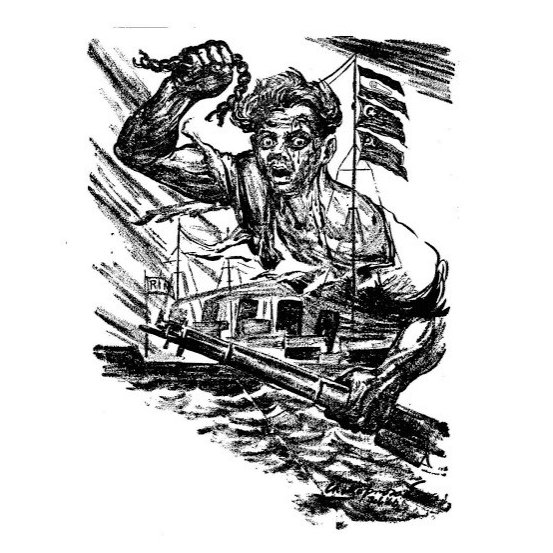 From Girangaon to ‘Mini-Pakistan’: The Precarious Place of Working Muslims in 20th Century Bombay
From Girangaon to ‘Mini-Pakistan’: The Precarious Place of Working Muslims in 20th Century Bombay
Robert Rahman Raman
robertrahmanraman@gmail.com
My Ph.D. research on the social and political history of labour in Bombay (now Mumbai) focuses on the plebeian culture of Girangaon, the so-called ‘village of textile mills’. Housing a substantial population of workers employed in Bombay mills, along with various other sections of the urban workforce living in various localities marked by region, language, caste, and religion, Girangaon developed its own unique history and heterogeneous political culture. The history and political culture of Girangaon embodied a range of diverse socio-political currents that existed side by side within different neighbourhoods. Of these, neighbourhoods predominantly inhabited by Muslim migrants from various parts of the subcontinent have not been explored systematically in the existing literature on the city.
The prevailing tendency in both public discourse and scholarly work has been to depict the heterogeneous political culture of Girangaon as essentially Maharashtrian and Hindu, with the result that the diverse and divergent histories of these neighbourhoods have not yet been analysed on their own terms. More specifically, an understandable but disproportionate historiographical and ethnographic focus on the ‘saffronization’ of Bombay and the rise of Shiv Sena has resulted in a blinkered view of linguistic and religious minorities in Bombay’s urban milieu. By studying Muslim workers’ neighbourhoods like Madanpura, Mominpura, Nagpada, or Kamatipura, my research opens a window onto an alternative understanding of the diversity and richness of Girangaon’s political culture and the transformations it witnessed during the first half of the 20th century.
The main objective of my research project is to study long-term changes in the identification of Muslim-dominated neighbourhoods in Girangaon as ‘Muslim’ by both its inhabitants and others, and to examine and the impact of these precarious ‘placings’ on the social and political landscape of Bombay as a whole. Specifically, the project explores the transformation of localities in Bombay from ‘working-class neighbourhoods’ with many Muslim inhabitants in the early decades of the 20th century into ‘Muslim neighbourhoods’ that were home to many workers in the years following independence. It further looks into how these ‘working-class neighbourhoods’, which in the early decades of the 20th century were identified as an integral part of Girangaon, received the derogatory label of ‘Mini-Pakistan’ to indicate their ‘alien’, quasi-extraterritorial and ‘unnatural’ character in the years immediately following India’s partition in 1947.
To study this shift, I use Frederick Cooper’s conceptualization of the processes of identification. This allows me to map the shifts in the way the Muslim workers of Girangaon navigated between relational and categorical modes of identification, and how they were identified by others in changing situations and contexts (Cooper, Colonialism in Question (2005), ch. 3). Along with colonial records and private papers, I make extensive use of relevant primary sources in English and other Indian languages that have been largely neglected by historians. These include various newspapers, periodicals, pamphlets, biographies and autobiographies produced in Urdu, Marathi, Hindi and English, housed in libraries such as Marathi Granth Sangrahalaya and Awami Idara.

Related publications
‘Civil Disobedience and the City: Congress and the Working classes in Bombay, c.1930–32’, in Prashant Kidambi et al (eds.), Bombay before Mumbai: Essays in Honour of Jim Masselos (London, 2019)
Related Events and Presentations
‘The General Strike of 1919 and the Making of Bombay’s Mill District’, paper given at the international conference ‘Exploring the Unexplored: New Perspectives on the History of Mumbai’, organised by University of Bombay and University of Leicester at Satish Pradhan Dnyansadhan College, Thane, India, 5–7 Jan. 2019
‘The General Strike of 1919 and the Making of Bombay’s Mill District’, paper given at the summer workshop ‘Epistemes for Conceptualising the Contemporary’, organised by the Rosa Luxemburg Foundation and South Asian University, Uttarakhand, India, 5–12 June 2018